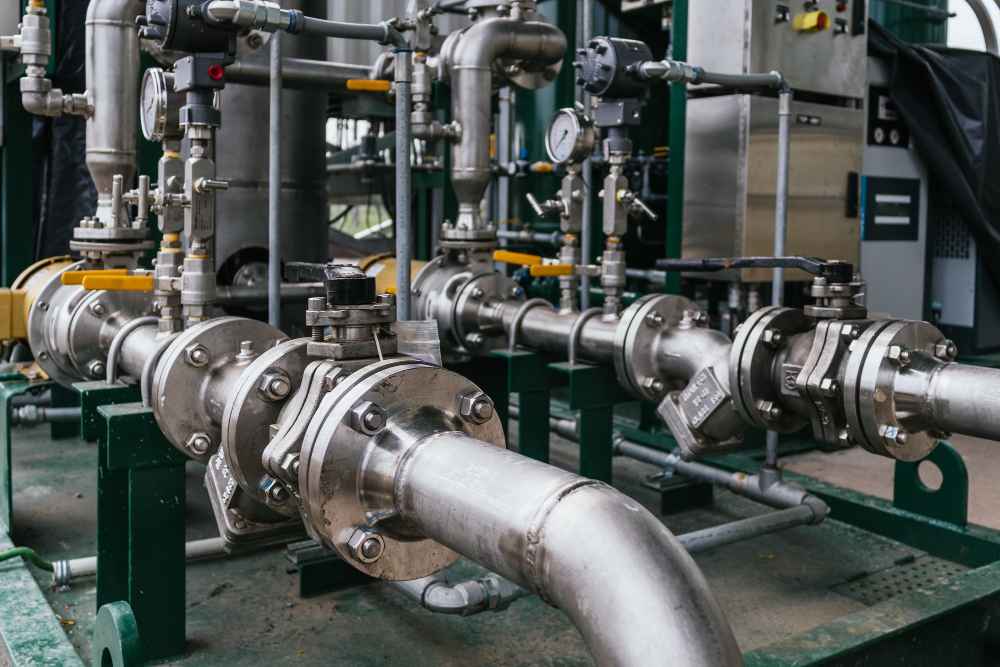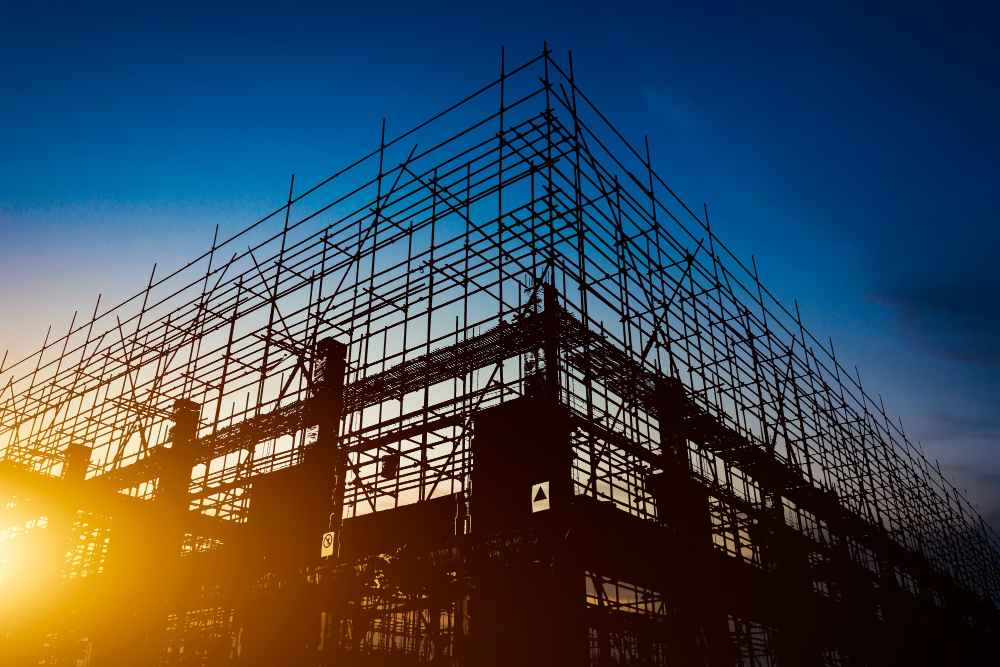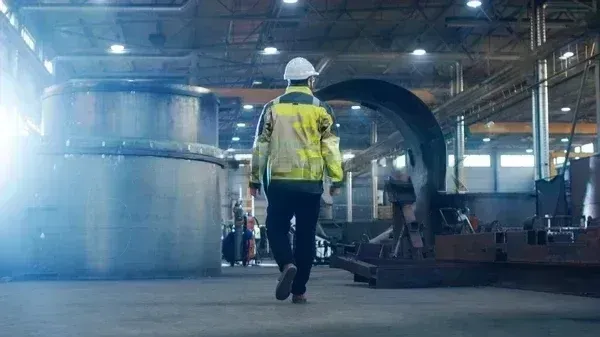Factories
Investing in the construction of industrial factories is always a difficult challenge. Investors should be aware of important notices at each stage of the factory construction process—design, scheduling, etc.—before putting their projects into action.
The most effective ground layout plan is one that is consistent with the production line, functionally reasonable, cost-effective, and in line with demand. This is not an easy problem because it requires both a convenient working environment in the factory and an ideal construction area. A separate zone must be created for the noisy and dusty production area. Natural lighting and ventilation help the investor save money, but they also cause problems when designing the factory. Offices and restrooms should be set up in quiet areas. The contractor must make careful calculations to both “make the most of” natural light and ventilation and to create a comfortable working environment for industrial workers. A factory’s electrical system, production lines, and layout plan must all be carefully calculated, cost-effective, scientific, user-friendly, and easy to maintain. A design plan should also consider the construction procedure, as well as maximizing the construction area, making construction easier, and limiting modifications.
In a Design-Build general contractor, the general contractor is both a unit that executes construction and a unit that comprehends each design detail. As a result, construction will be coordinated, risk-free, and cost-effective for investors. The entire factory construction process is managed by the Design-Build general contractor, who is in charge of delivering the project on time and to specifications. In order to select the most reputable and suitable contractor for the project, the investor should, when choosing a contractor, look at the work that the general contractor has done and use a specific evaluation process.






